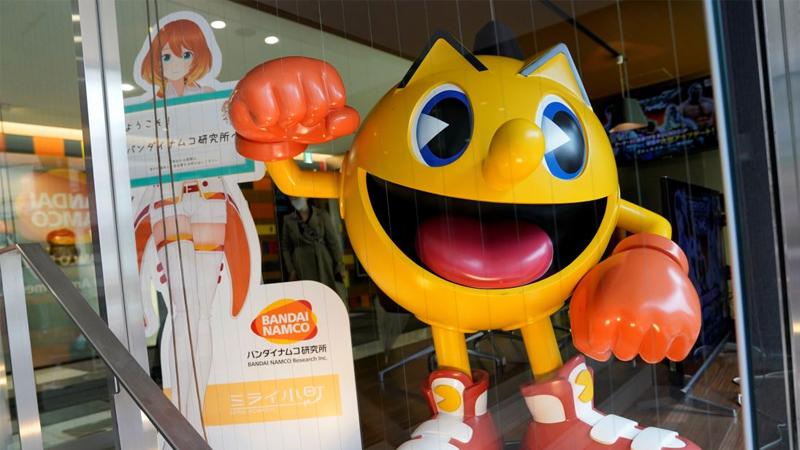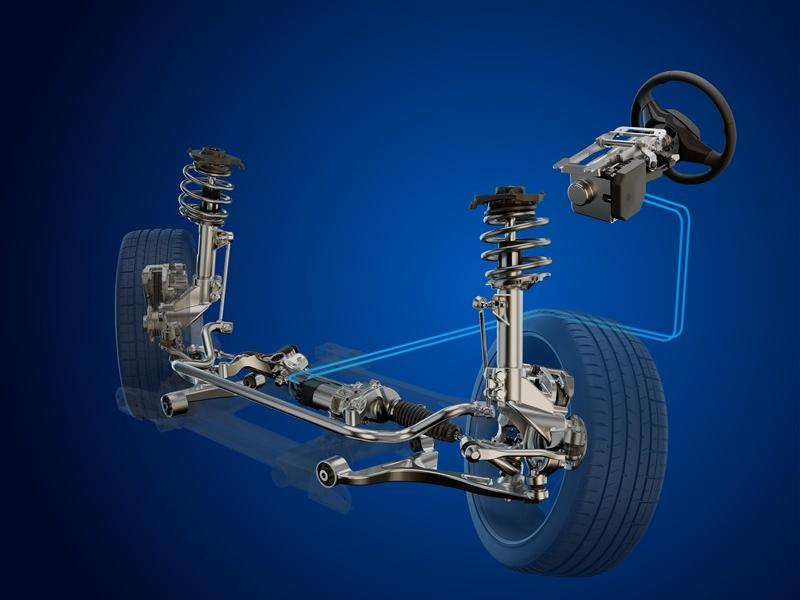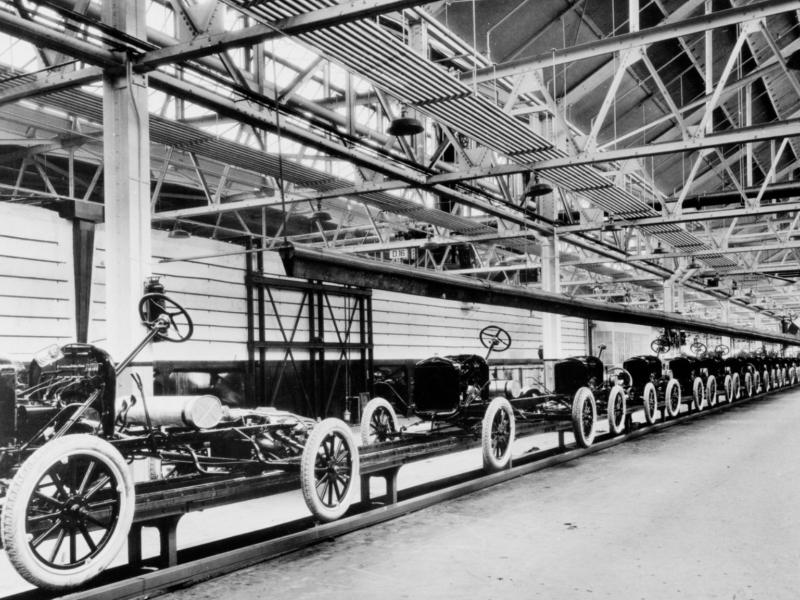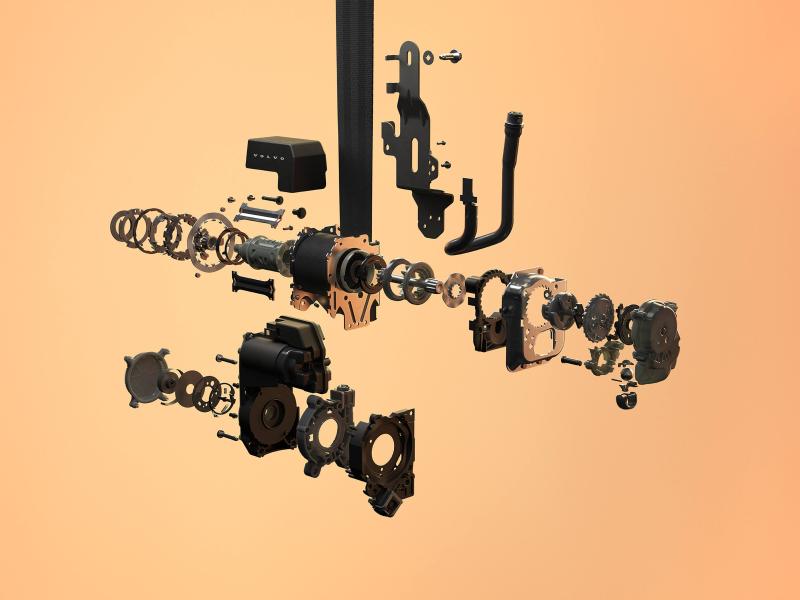Vehicles ‘speak’ to drivers all the time. Whether drivers realise it or not, pings and beeps have become a common language between man and machine, communicating whether a door is ajar, or a seatbelt unfastened.
Getting these sounds right is now more important than ever. That’s why the sound engineers at Nissan teamed up with experts at leading entertainment company Bandai Namco Group to develop in-car sounds for new Nissan models, starting with the 2021 Nissan Rogue and Pathfinder in the United States, the Nissan Note in Japan and the new Nissan Qashqai in Europe.
Bandai Namco Group is well-known not only for developing video game classics like Pac-Man, Tekken and Taiko Drum Master, but also for amusement facilities, toys, and hobby items such as Gundam. They were asked to help create a higher quality sound that uses pitch, tempo and tone to get information across. Ultimately, Nissan wanted the ‘voice’ of its vehicles to have more personality and character.
“We wanted to make it easier to understand the information in the car and provide an emotional tone so that people feel the Nissan brand,” says Hiroyuki Suzuki, Nissan’s lead engineer for in-car information sound design. “In game development, Bandai Namco’s sound creators develop sounds that simulate players’ intuitive understanding. We collaborated to create sounds that can help drivers have a similar intuitive understanding, in addition to creating sounds that will become synonymous with Nissan global models.”
There is psychology involved in the design of informational sounds. And who knows better than the sound designers of video games? These experts create sounds that are easily understood by gamers around the globe.
“There are two types of sound in a game: one creates the world view of the story and express how it develops; the other is functional and absolutely vital for playing the game because they give you feedback or warn you of danger,” said Minamo Takahashi, the sound director at Bandai Namco Research Inc.
He notes that similar to gaming sounds, vehicle cabin alerts must convey important information without distracting the driver. But despite how realistic video games have become, Takahashi says there is still a big difference to making sounds that work in the real world. Working with the Nissan team, he developed sounds that are both distinctly Nissan and functional.
“It was a very intense process,” Takahashi said. “We stayed for days in this studio, had various discussions and went through trial-and-error with Nissan people from the sound engineering, product planning, design, and testing divisions to find out what kind of sound is suitable for the Nissan brand.”
Once the tones were created in line with the brand’s image, the next step was to create variations of the tones according to the urgency and seriousness of the information being conveyed to the driver. As Nissan’s ergonomics test engineer Miwa Nakamura explains: “Research has shown that urgency depends on the frequency of the sound, and that severity depends on the frequency itself. In order to intuitively understand what types of sounds are used, each sound is divided into functional groups and differentiated by tone.”
Besides creating a new signature sound, Nissan engineers also had to consider the devices being used to emit cabin alerts. When they realised that the monotone devices commonly used would not emit the more layered tones that Bandai helped produce, they had to find a solution.
“There is a limit to the expressiveness of those devices, so we developed a new speaker,” said Hato Hiroshi, a Nissan expert of vehicle system design.
A new high-quality speaker fits under the dashboard close to the driver and is optimised for the new information soundscape in Nissan cars, making the important warning sounds distinctive from the sound from the audio speakers.
The partnership between Nissan and Bandai Namco was one of harmony. Nissan engineers were able to get a new perspective from sound creators who make video games. Meanwhile, the gaming experts enjoyed a new application of sound design.
“When I got in a car and listened to the sound coming out, I felt the same way I felt when first playing a game I worked on,” said Bandai Namco’s Takahashi. “Even if the industry is different, that sense of accomplishment when you reach your goal is the same.”






